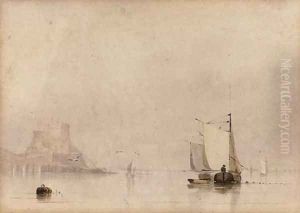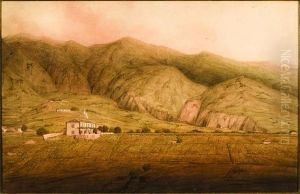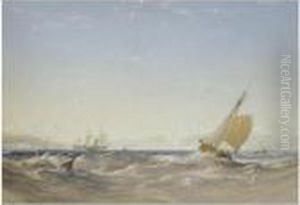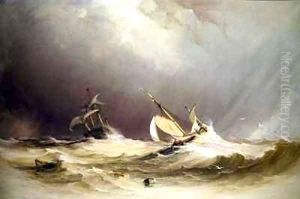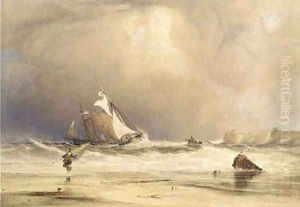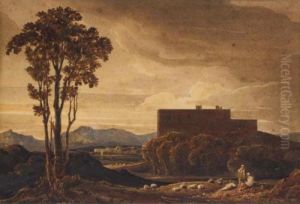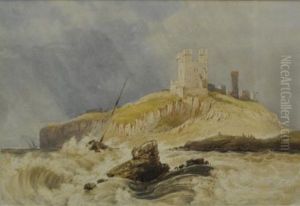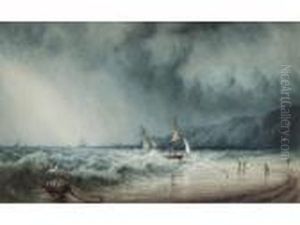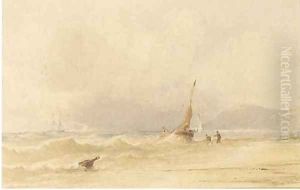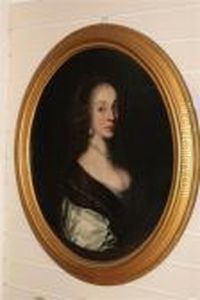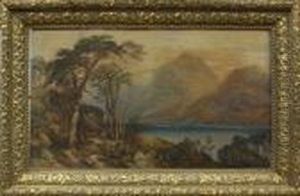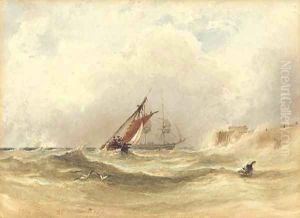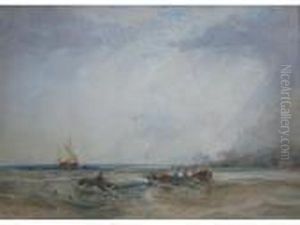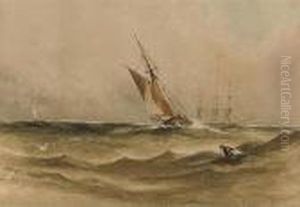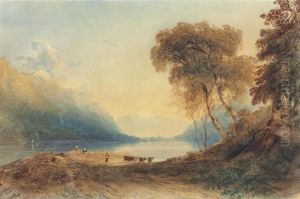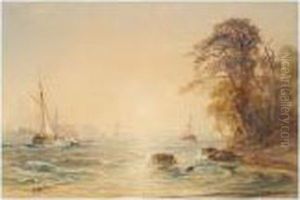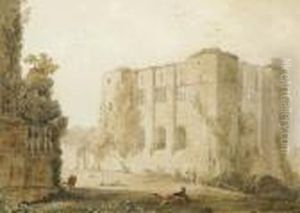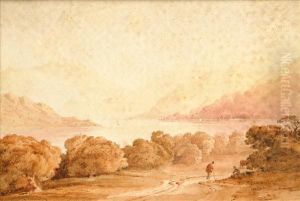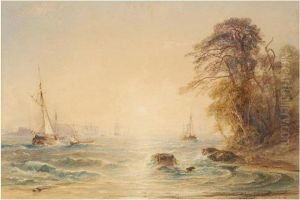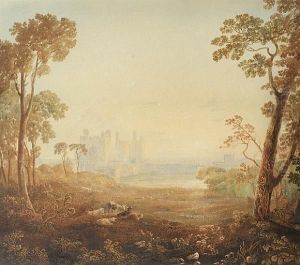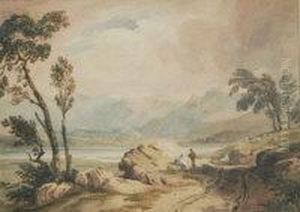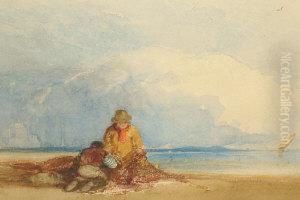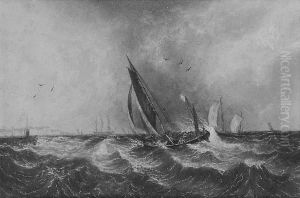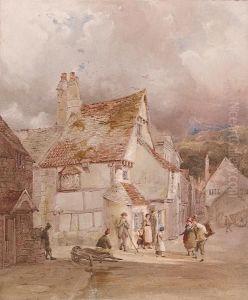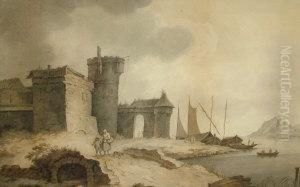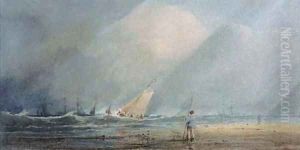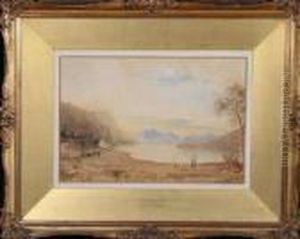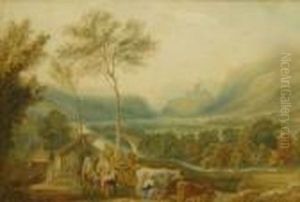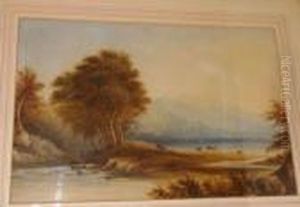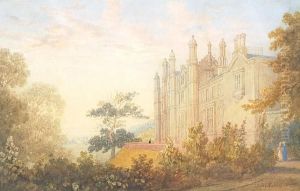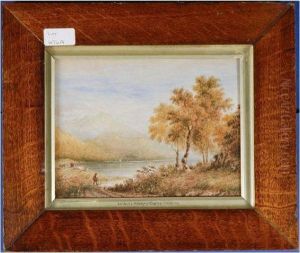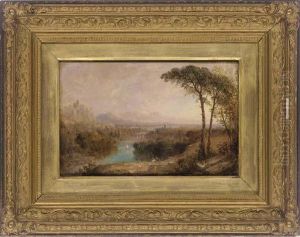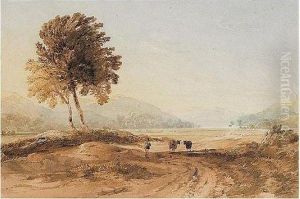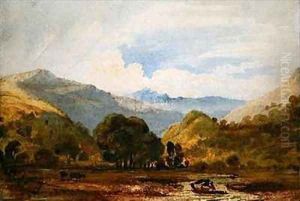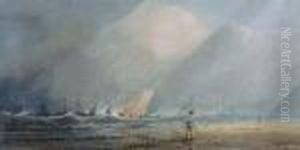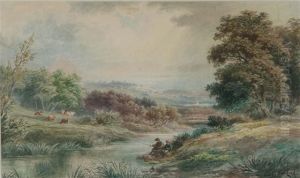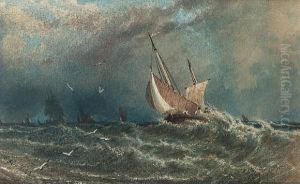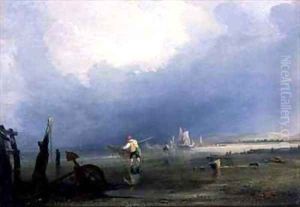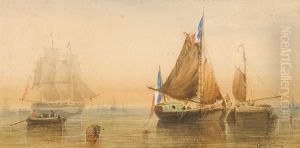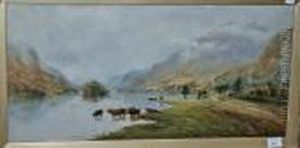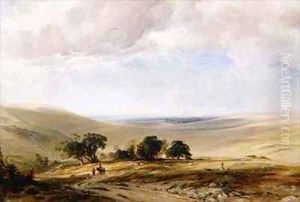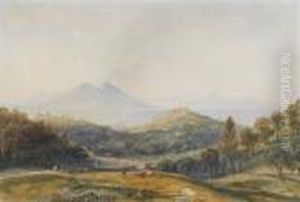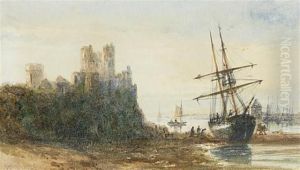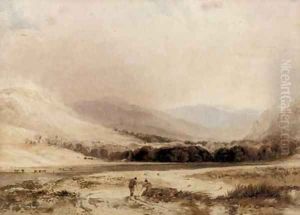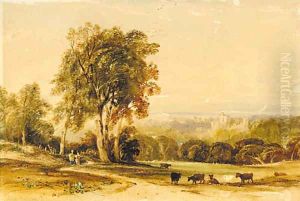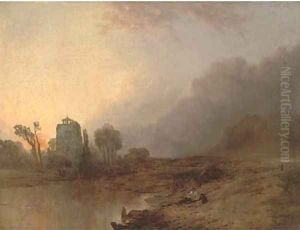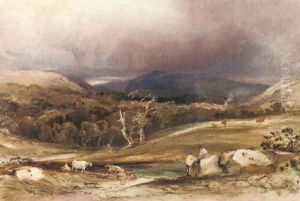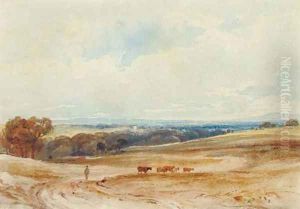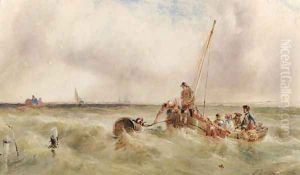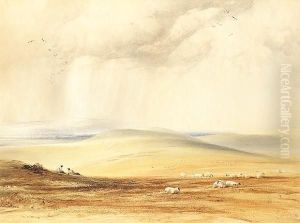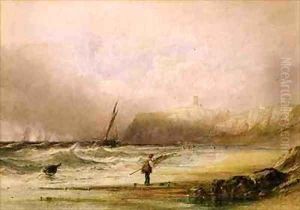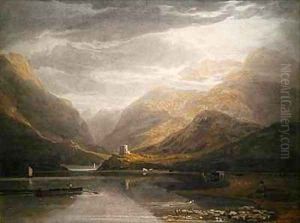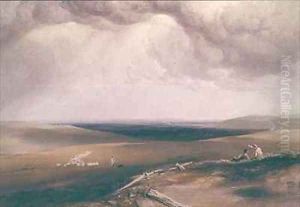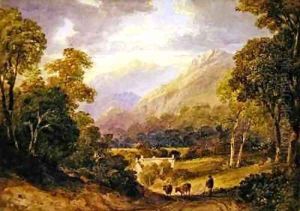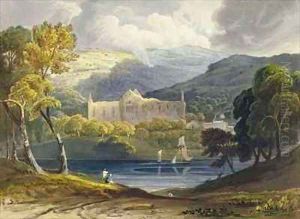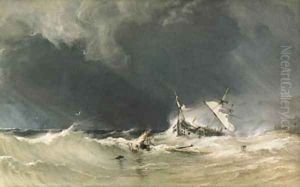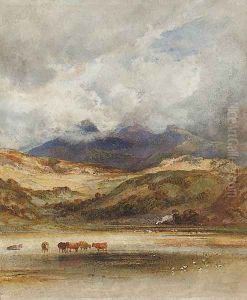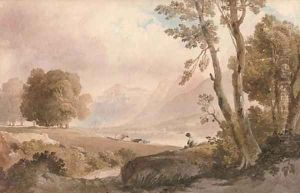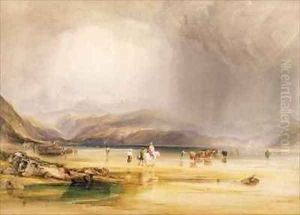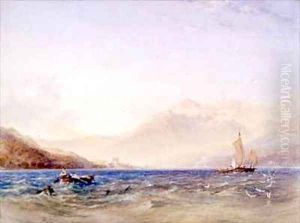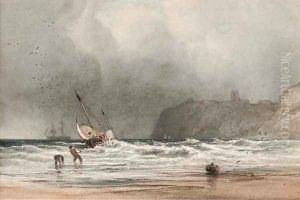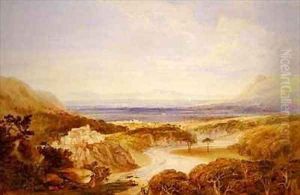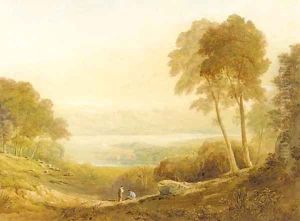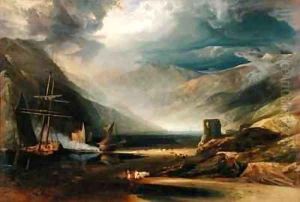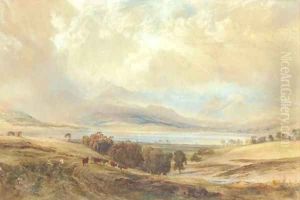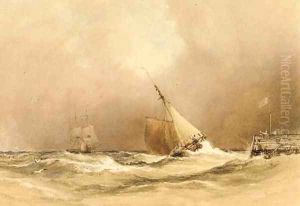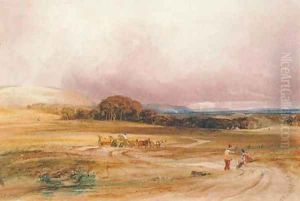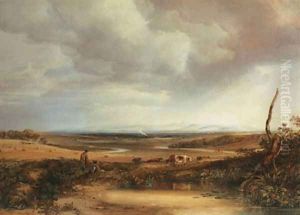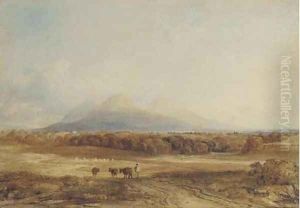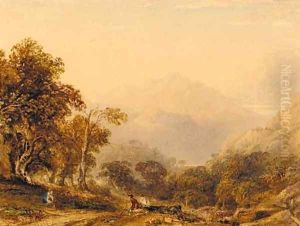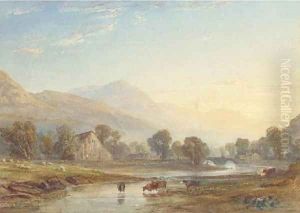Anthony Vandyke Copley Fielding Paintings
Anthony Vandyke Copley Fielding, commonly known as Copley Fielding, was a distinguished English painter famous for his watercolour landscapes. He was born in Sowerby, near Halifax in West Yorkshire on November 22, 1787. He was the eldest son of Nathan Theodore Fielding, also an artist, and was named after the celebrated painter Anthony van Dyck, which reflects the artistic environment he was born into.
Copley Fielding initially trained under his father and later under John Varley in London, where he moved in 1804. His early works were influenced by Thomas Girtin. He became known for his skilled use of atmospheric effects and delicate colouring in his landscapes, which were in line with the Romantic spirit of the time. He exhibited at the Royal Academy from 1807, but his affiliation with the Society of Painters in Water Colours (later known as the Royal Watercolour Society) was more significant. He was a prominent member of this society and served as its president from 1831 until his death in 1855.
Fielding's landscapes depicted various British settings, from the Lake District to the South Coast, and his work was widely appreciated for its evocative portrayal of the English countryside. He was particularly adept at capturing the changing moods of the sky and the effects of light on the landscape. His technical proficiency and his ability to create a sense of depth made his paintings stand out.
His success as an artist was also reflected in his role as a teacher. Copley Fielding was a highly respected instructor and taught many students who would go on to become significant artists themselves. He published a number of instructional manuals on watercolour painting, which were influential in the development of the medium.
Copley Fielding's art was very popular during his lifetime, and he enjoyed considerable commercial success. He was patronized by members of the aristocracy and the upper middle class, which was a testament to the appeal of his work. Despite this, he faced financial difficulties in his later years, partly because of his large family and generous nature.
Copley Fielding died on March 3, 1855, in Worthing, Sussex. His legacy lives on through his contributions to English watercolour painting and his influence on future generations of artists. He remains a respected figure in the history of British art, particularly for his mastery of watercolour landscapes.
